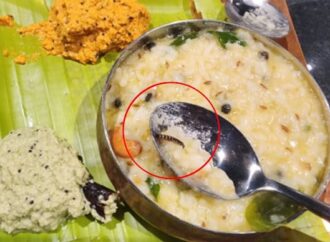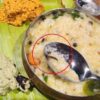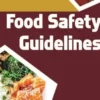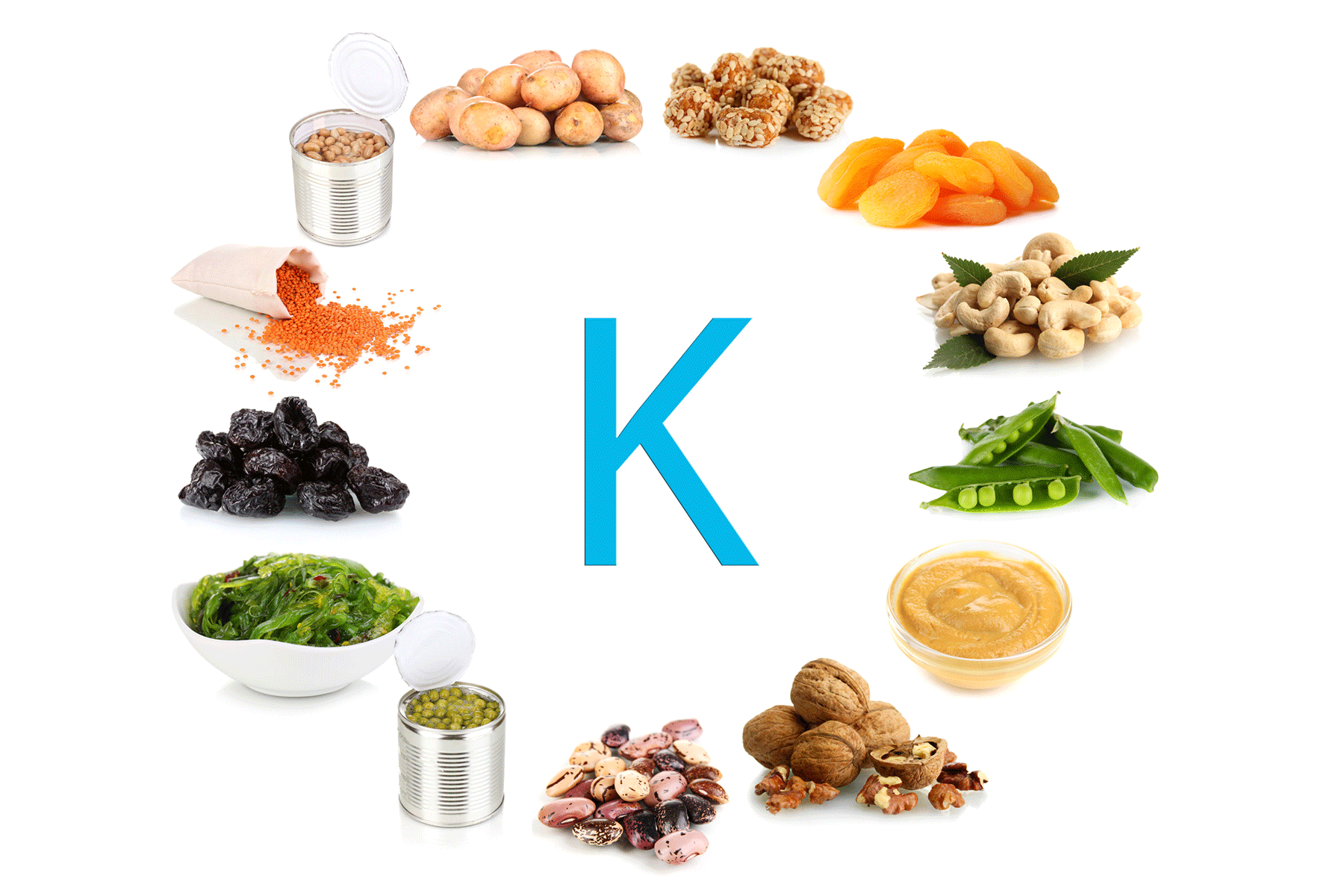Introduction
Almost 550 people were hospitalized in Vietnam earlier this year after a Salmonella outbreak linked to a type of sandwich sold at a bakery. The outbreak occurred in Dong Nai province in May 2024, prompting the Dong Nai Food Safety Department and the Institute of Public Health in Ho Chi Minh City to investigate.
Report
According to the Western Pacific Surveillance and Response Journal, the salmonella outbreak recorded 547 cases between April 30 and May 6. Of those affected, two individuals experienced severe conditions, and a 6-year-old boy tragically lost his life. There were 284 female patients and 263 male patients, with an average age of 35. Among the 99 cases interviewed, the average incubation period was 9 hours, varying from 2 to 24 hours. The primary symptoms reported were fever, abdominal pain, diarrhoea, and vomiting.
Findings
As per the findings, all patients had eaten banh mi from a bakery in Long Khanh City. Banh mi is a baguette sandwich filled with pâté, Vietnamese pork roll, ham, pork, and pickled vegetables.
Investigators identified Salmonella in food samples and clinical specimens. The bakery halted production, and the outbreak ended after a week. This bakery operated as a takeaway shop that exclusively sold banh mi. Investigators interviewed all four vendors and food handlers about food processing, routine selling activities, and their history of illness. They collected six food samples of pâté, pork, ham, pickled vegetables, and two chicken eggs.
The bakery has sold banh mi for more than 20 years. Staff estimated that they sold around 1,500 banh mi from April 30 to the morning of May 1. The bakery made the pâté, pickled vegetables, and sauces, while the remaining ingredients came from a third-party supplier.
The investigation revealed that the bakery did not follow the one-way principle for food processing. All the processes overlapped in the cooking stages, creating the potential for contact between raw and cooked foods. The areas for preparing raw and cooked foods were adjacent, with no designated table or food storage shelf. Additionally, staff did not wear gloves, and they placed food and raw materials on the floor or in two cold stores.
Analysis
Salmonella appeared in 12 of 25 faecal specimens and four food samples. Both faecal specimens from staff tested positive for Salmonella. Two food samples also showed contamination with Staphylococcus aureus, and one tested positive for Bacillus cereus.
“Most food samples tested positive for Salmonella, indicating that cross-contamination could have occurred due to poor hygiene practices. The results of the environmental investigation supported this assumption. An asymptomatic carrier possibly caused the outbreak, although they could have been infected through the same sources as the patients,” said researchers.
In Vietnam, foodborne illness affected 3,711 people from March 2020 to August 2022. An outbreak in Khanh Hoa reported in 2024 linked 345 cases of contaminated chicken rice at a restaurant. Vietnam lacks annual salmonellosis data due to the absence of a reporting system.
Bottomline
“This outbreak serves as a reminder to small retailers and takeaway shops about the importance of food safety management in preventing similar future outbreaks. All food handlers must comply with food hygiene principles, especially in hot temperatures that boost bacterial growth,” said scientists.
Source: Food Safety News
 Food Manifest
Food Manifest 


















